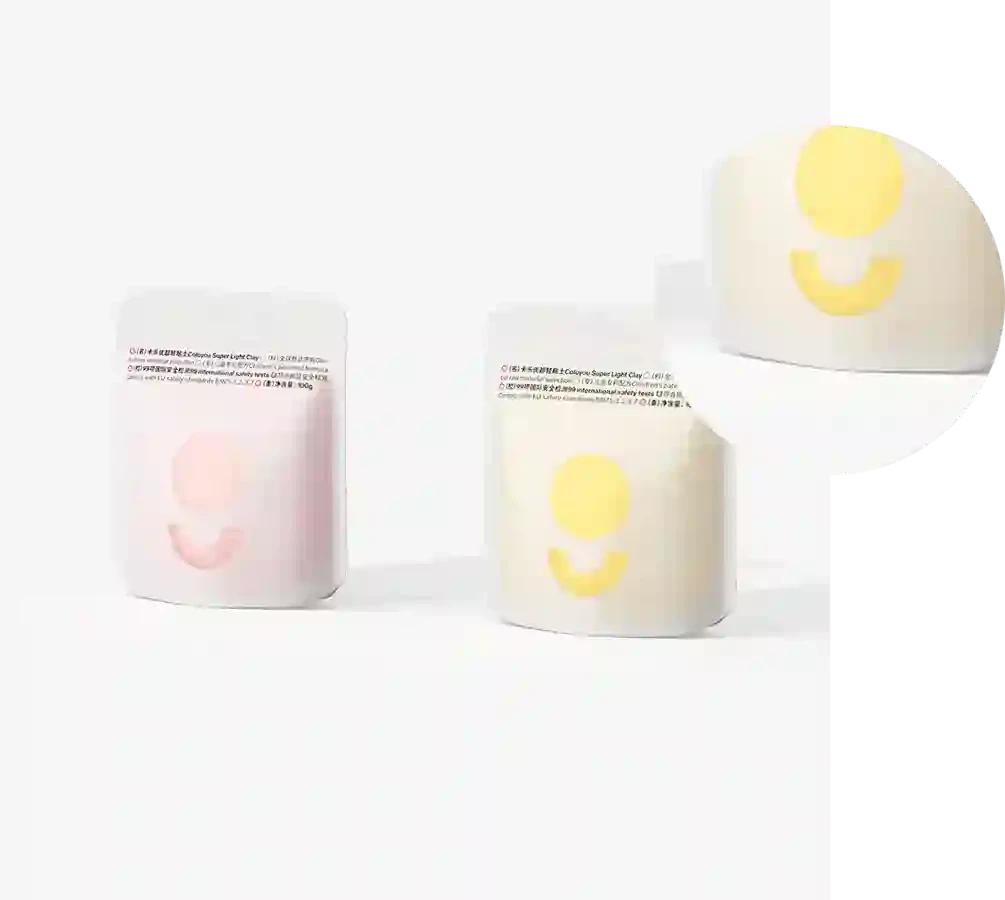- Afrikaans
- Albanian
- Amharic
- Arabic
- Armenian
- Azerbaijani
- Basque
- Belarusian
- Bengali
- Bosnian
- Bulgarian
- Catalan
- Cebuano
- chinese_simplified
- chinese_traditional
- Corsican
- Croatian
- Czech
- Danish
- Dutch
- English
- Esperanto
- Estonian
- Finnish
- French
- Frisian
- Galician
- Georgian
- German
- Greek
- Gujarati
- haitian_creole
- hausa
- hawaiian
- Hebrew
- Hindi
- Miao
- Hungarian
- Icelandic
- igbo
- Indonesian
- irish
- Italian
- Japanese
- Javanese
- Kannada
- kazakh
- Khmer
- Rwandese
- Korean
- Kurdish
- Kyrgyz
- Lao
- Latin
- Latvian
- Lithuanian
- Luxembourgish
- Macedonian
- Malgashi
- Malay
- Malayalam
- Maltese
- Maori
- Marathi
- Mongolian
- Myanmar
- Nepali
- Norwegian
- Norwegian
- Occitan
- Pashto
- Persian
- Polish
- Portuguese
- Punjabi
- Romanian
- Russian
- Samoan
- scottish-gaelic
- Serbian
- Sesotho
- Shona
- Sindhi
- Sinhala
- Slovak
- Slovenian
- Somali
- Spanish
- Sundanese
- Swahili
- Swedish
- Tagalog
- Tajik
- Tamil
- Tatar
- Telugu
- Thai
- Turkish
- Turkmen
- Ukrainian
- Urdu
- Uighur
- Uzbek
- Vietnamese
- Welsh
- Bantu
- Yiddish
- Yoruba
- Zulu
Exploring the Properties and Applications of Polylactic Acid in Modern Industries
The Versatility and Promise of Polylactic Acid (PLA)
Polylactic acid (PLA) is a biodegradable and bioactive thermoplastic made from renewable resources, primarily corn starch or sugarcane. As the world becomes increasingly concerned about environmental sustainability and the impact of plastic waste, PLA has emerged as a prominent alternative to traditional petroleum-based plastics. Its unique properties and versatility offer a glimpse into a more sustainable future in materials science.
The Production of PLA
PLA is produced through the fermentation of carbohydrates into lactic acid, which is then polymerized to create long chains known as polylactic acid. This process not only makes PLA a renewable resource but also significantly reduces greenhouse gas emissions compared to the production of conventional plastics. The ability to derive PLA from plant sources is a crucial advantage in addressing the global plastic pollution crisis while promoting agricultural sustainability.
Properties of PLA
One of the key features of PLA is its excellent mechanical properties. It has a high tensile strength and is rigid, making it suitable for a wide range of applications, from packaging materials to disposable tableware. PLA is also characterized by its transparency, which allows for its use in products where visual appeal is essential, such as food containers and wrapping materials.
Moreover, PLA has a relatively low melting temperature, typically ranging from 130 to 180 degrees Celsius, which means it can be processed easily using common thermoplastic processing methods like injection molding and extrusion. This makes PLA an attractive option for manufacturers looking to adopt more sustainable practices without sacrificing quality.
Environmental Benefits
One of the standout features of PLA is its biodegradability. Unlike traditional plastics, which can take hundreds of years to decompose, PLA can break down in composting facilities within a few months under optimal conditions. This makes PLA an ideal candidate for reducing the long-term impact of waste on the environment. Furthermore, the incorporation of PLA in composting processes can enhance soil quality by contributing organic matter, fostering healthy ecosystems.
polylactic acid

However, it’s important to note that PLA requires specific industrial composting conditions to degrade efficiently. While it can break down in home composting setups, the process may take significantly longer and depends on various factors such as temperature and moisture. Encouraging the development of appropriate waste management systems is crucial for maximizing the environmental benefits of PLA.
Applications of PLA
The versatility of PLA has led to its widespread use in various industries. In the packaging sector, PLA is used to create biodegradable films, food containers, and disposable cutlery, providing a sustainable option for manufacturers and consumers alike. Additionally, the textile industry has begun to embrace PLA, utilizing it in the production of fibers for clothing and other textile products. Its moisture-wicking properties and softness make it suitable for activewear and other garments.
In the medical field, PLA has garnered attention for its applications in tissue engineering and drug delivery systems. It can be used to produce sutures, implants, and scaffolds for growing tissues, thanks to its biocompatibility and biodegradability. As researchers continue to explore innovative applications, PLA is likely to play a significant role in developing next-generation medical solutions.
Challenges and the Future of PLA
Despite its many advantages, PLA is not without challenges. The production of PLA requires significant quantities of agricultural resources, which may lead to competition with food production in certain regions. Additionally, while PLA is biodegradable, it is not suitable for high-temperature applications due to its lower melting point, which limits its use in some scenarios.
Future developments in PLA technology may focus on enhancing its thermal stability and expanding its applications beyond current limitations. Researchers are exploring various modifications and blends that can improve PLA's performance in high-temperature settings while maintaining its environmentally friendly characteristics.
Conclusion
Polylactic acid stands at the forefront of the movement toward sustainable materials, offering a promising alternative to traditional plastics. With its biodegradable nature, versatility in applications, and potential for reducing environmental impact, PLA is a material that could help pave the way for a greener future. As innovation continues to drive the evolution of PLA, it is essential for policymakers, industries, and consumers to support and embrace sustainable alternatives in their daily lives. Together, we can turn the tide against plastic pollution and foster a healthier planet for generations to come.













